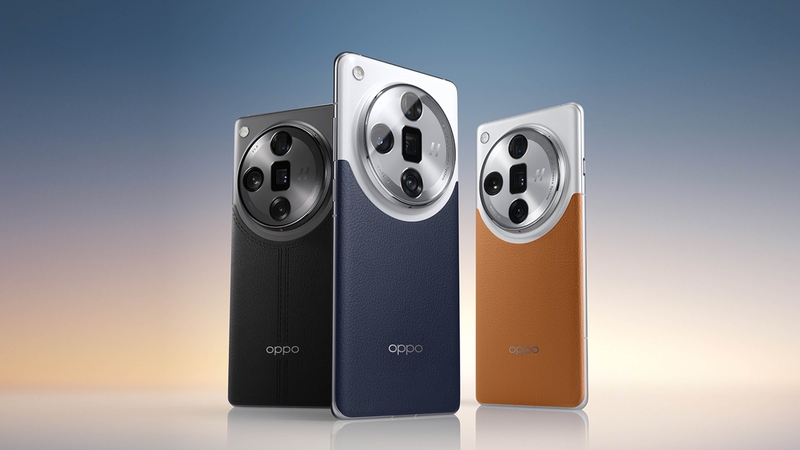Smartphones are the primary way we interact with the digital world. But have you ever wondered what effects staring at that bright screen has on you? The short answer is a lot. According to multiple reports, the blue light emitted from screens significantly affects our natural circadian rhythm, which is responsible for our sleep cycle. Moreover, certain individuals are prone to flicker on OLED screens, which can cause headaches.
Now, you might wonder how someone can decide what phone to buy when this metric varies from person to person. DXOMARK recently devised a standard called the Gold Display Label, which ranks smartphone displays based on their quality and eye comfort. Considering that OPPO’s newest Find X7 Ultra has just become the first phone to receive the Gold Display Label, here is everything you need to know about it.
What is the DXOMARK Gold Display Label?

To help users make better decisions regarding their smartphone displays, DXOMARK’s Gold Display Label tests devices on four parameters. Firstly, the standard measures perceived flicker levels on the display, and to pass this parameter, every display should stay under the 50% threshold.
Additionally, we all have encountered the issue when using our phones in the dark, even the minimum brightness seems like an eyesore. While this might not seem like a big problem, it significantly impacts the sleep cycle. The second criterion of the display label tests exactly that, requiring displays to have a minimum brightness of at least 2 nits.
Moreover, to help reduce blue light, the label mandates displays with a circadian action factor of less than 0.65. Furthermore, to ensure that the blue light filter doesn’t affect image quality, any test display must also maintain 95% color consistency.
How did the OPPO Find X7 Ultra perform?

The OPPO Find X7 Ultra is the company’s latest flagship, and OPPO has gone all out in the display department. During the Gold Display Label test, instead of the minimum 50% threshold requirement for perceived flicker, the OPPO Find X7 Ultra display had a flicker perception probability of only 10%, markedly better than any other competitor.
Regarding the minimum brightness requirements, the display went as low as 1.57 nits and maintained the circadian action factor at just 0.63. Finally, the Find X7 Ultra’s display achieved a 99% color consistency rate using the blue light filter.













